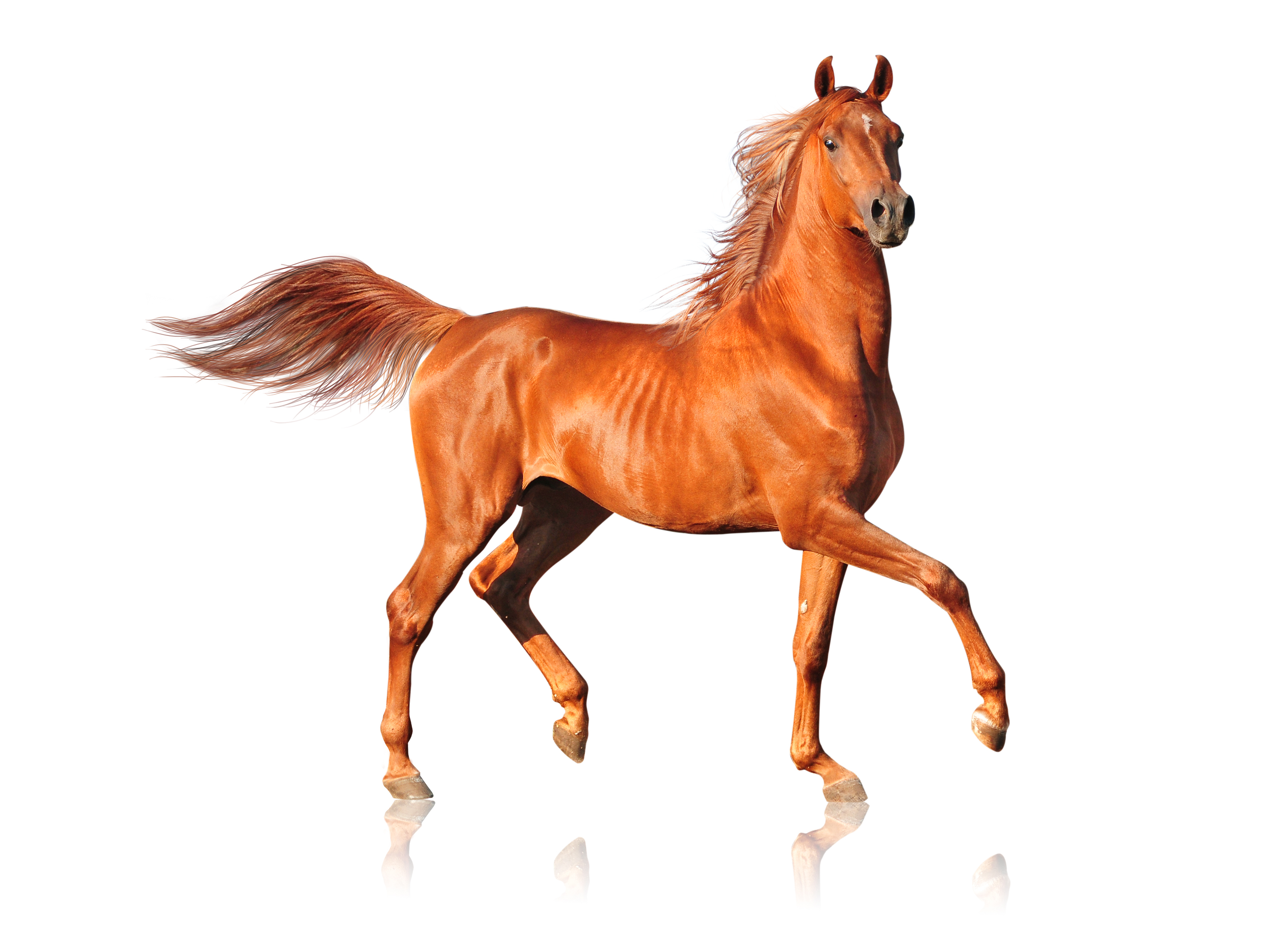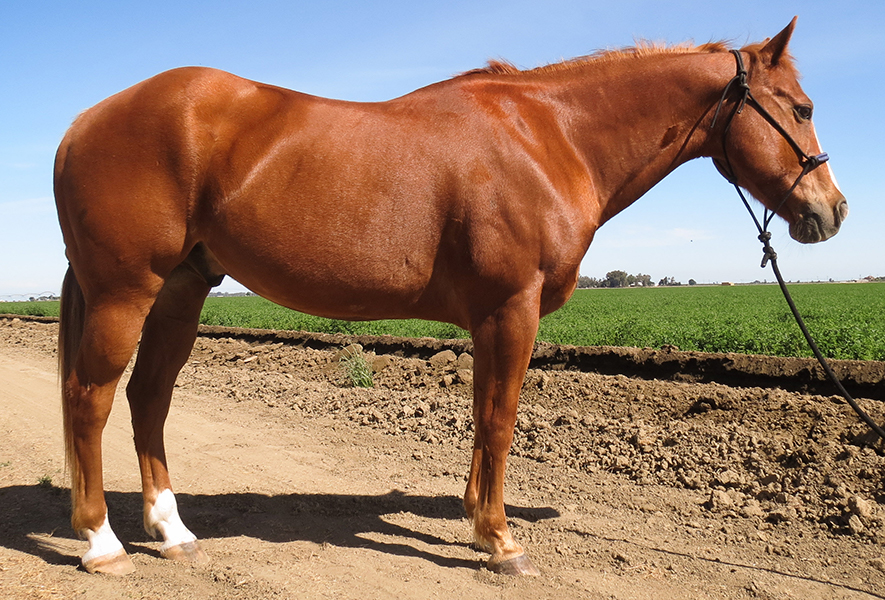Quick Summary
Click here for Price and Turnaround Time
Phenotype: Red factor is responsible for determining whether a horse will have a chestnut base coat color or a black or bay base coat color.
Mode of Inheritance: Autosomal recessive
Alleles: E = Dominant red factor allele, e = recessive red factor allele, ea = alternate recessive red factor allele
Breeds appropriate for testing: All breeds
Explanation of Results:
- Horses with E/E genoytpe will be capable of producing black pigment and cannot transmit the recessive red factor allele to their offspring.
- Horses with E/e or E/ea genotype will be capable of producing black pigment. They may transmit the dominant red factor allele (E) to 50% of their offspring, and may transmit the recessive red factor allele (e or ea, depending on genotype) to 50% of their offspring.
- Horses with e/e, e/ea, or ea/ea genotype will not produce black pigment in their coat. They will transmit a recessive red factor allele to all of their offspring.
Horse Coat Color Panel
$85 per animal
Red Factor and Agouti Panel
$50 per animal
Appaloosa Panel 1
$65 per animal
Full Color/Pattern Panel
$155 per animal
Shetland Pony Coat Color Panel
$100 per animal
Sample Collection
Horse DNA tests are carried out using cells from the roots of a hair sample (roughly 20-40 hairs).
1. Grab about 10 hairs at the base.
2. Wrap the hairs around your finger and give it a quick pull.
3. Check the ends to make sure the pulled hairs have roots.
4. Repeat the process until you have collected about 20-40 hairs with intact roots.
5. You can choose different places on the mane or tail. NOTE: For foals, we recommend pulling all hairs from the tail only.
6. Tape the hairs to the submission form and fold the form along the dotted line to protect the sample. Do not use ziploc bags as they can cause condensation that allows mold to grow on the hair.
7. Place the folded form containing the sample in a paper envelope and mail it to the laboratory.

The extension gene, also known as melanocortin 1 receptor (MC1R) or red factor, has three alternative states (alleles). The two recessive alleles (e and ea ) produce only red pigment (phaeomelanin), hence the name red factor. The ea allele is rare and known to occur in Black Forest, Knabstrupper, and Canadian horse breeds. Red horses (chestnuts, sorrels, palominos, and red duns, to name a few) have two copies of recessive red allele/s (e/e, e/ea, or ea/ea).
Horses capable of producing black pigment (black, bay, brown, buckskin, and grullo, to name a few) have at least one copy of the dominant E allele. They can be homozygous E/E or heterozygous E/e or E/ea. A horse that is homozygous E/E will not produce red offspring, regardless of the color of the mate. Red factor works epistatically in that the genotype for red factor determines whether or not a horse will produce any black/brown pigment regardless of the genotype at the agouti gene.
This DNA diagnostic test for the extension gene helps to determine the base color of horses and can be used to identify those black-pigmented horses for which neither pedigree nor breeding records is informative for identifying carriers of the recessive red factor. Since red is inherited as a recessive trait, it is relatively easy to start up a breeding program that will produce only red horses. Results from the DNA test help breeders to determine the genetic make-up of the Extension gene in breeding stock to choose appropriate mating pairs to establish a breeding program to produce only black-pigmented horses.
